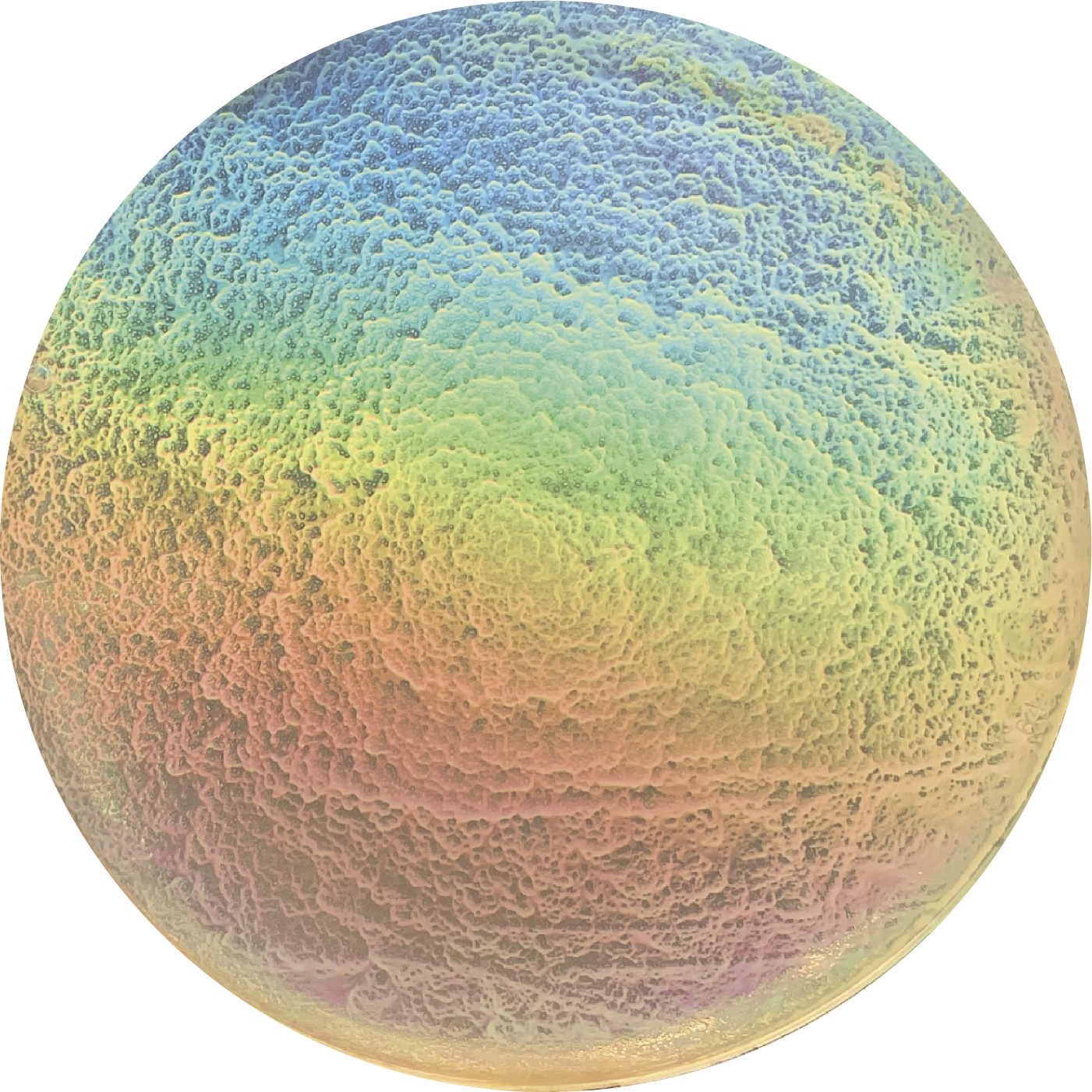Appetite for Plastic
Breaktrough – Biotechnology
Plastic pollution poses a global waste crisis, but recent research from Forschungszentrum Jülich and Heinrich Heine University Düsseldorf offers hope. Scientists have discovered that Halopseudomonas bacteria can break down widely used polyesterurethane coatings, a significant step toward addressing plastic waste.
Juni 2024
With the help of bacteria

»Our work aligns with the broader goal of plastic upcycling and promoting a sustainable circular economy.«
Prof. Nick Wierckx
from the Institute of Biotechnology leads efforts to address plastic waste–with bacteria of the genus Halopseudomonas.
Prof. Wierckx, your team, in collaboration with scientists from Heinrich Heine University Düsseldorf, stumbled upon a bacterium that could revolutionize plastic waste management. How does it work?
Wierckx: Halopseudomonas bacteria efficiently break down polyesterurethane (PEU), a plastic commonly found in items like fishing nets.
Initially, the bacterium enzymatically decomposes the plastic into its constituent parts, which it then metabolizes.
Developing and using new technologies and methods from Forschungszentrum Jülich
What led you to discover this bacterium?
Wierckx: As part of the EU Glaukos project, we sought sustainable solutions for recycling fishing nets. We introduced compost to PEU samples, hypothesizing that only bacteria capable of metabolizing PEU would survive among the diverse microbial community in compost.
Only Halopseudomonas bacteria met this challenge. Interestingly, researchers at Heinrich Heine University found bacteria of the same strain in an entirely different habitat—the deep sea.
What potential lies in this discovery?
Wierckx: If we can enhance the plastic-degrading abilities of these bacteria and cultivate them on a large scale, they could become an industrial solution. Our work aligns with the broader goal of plastic upcycling and promoting a sustainable circular economy.
Wenn langkettige Kunststoffmoleküle oder Verbundstoffe in ihre Einzelteile zerlegt werden, können sie als Bausteine für neue Stoffe genutzt werden.
When long-chain plastic molecules or composite materials break down into their fundamental building blocks, they pave the way for creating new materials.
A film of Halopseudomonas bacteria on agar-agar
forms iridescent structures and shimmers in the light.

Image: Forschungszentrum Jülich mit Adobe Firefly, 2024
Editorial: SeitenPlan
Download the latest issue
In the realm where brilliant ideas from laboratories transform into tangible applications, our scientists redefine the boundaries of what’s possible.
Welcome to Endeavours Magazine, where we explore how FZ Jülich’s innovations shape a greener, smarter, and safer future.





